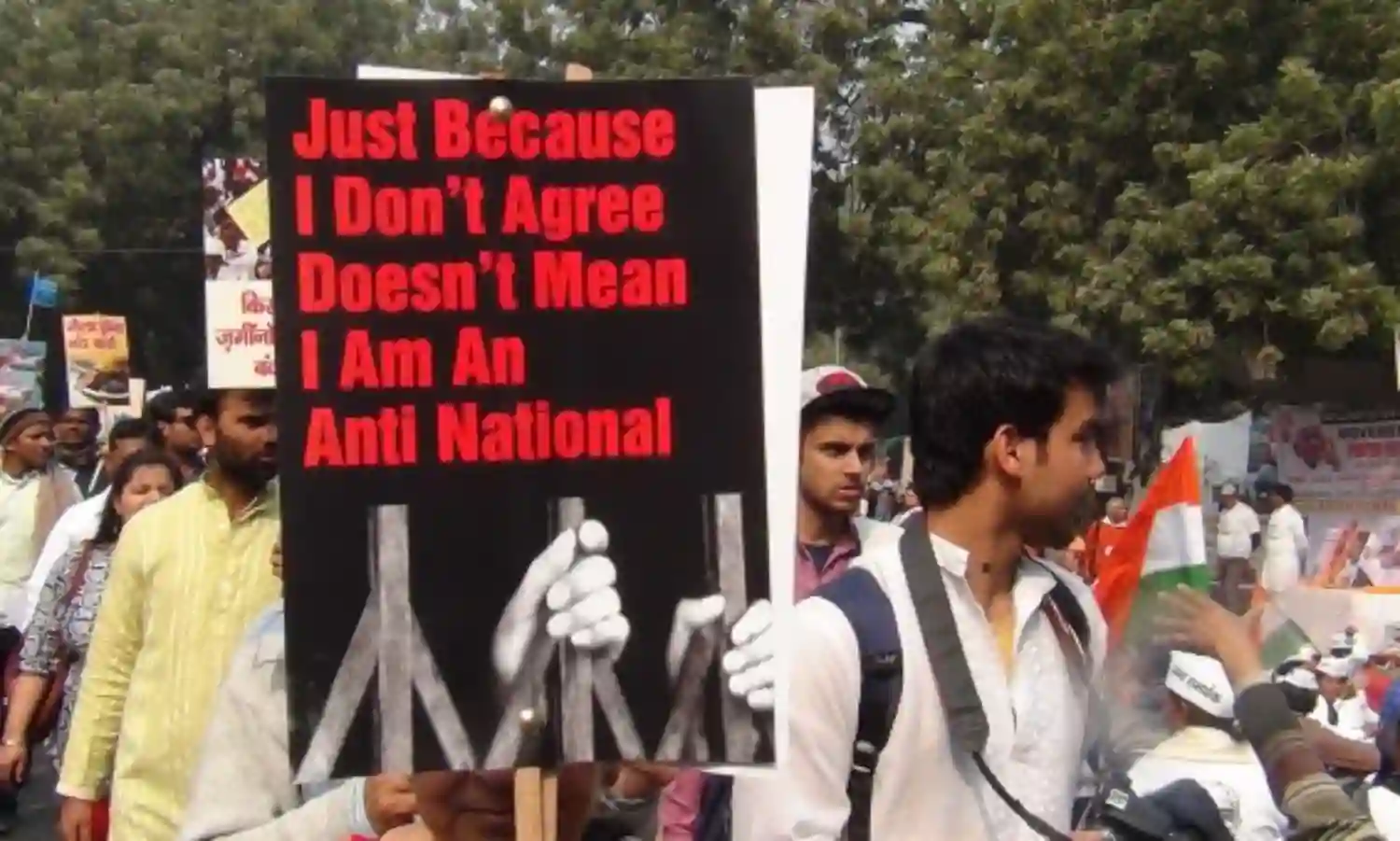The Glint of a Crony Capitalist Polishing Silver or a Bigot Sharpening Weapons
Discrediting Dissent

The Bharatiya Janata Party (BJP) wants us to believe that it has prepared the ground for a new golden age during its current term in power and will achieve it if voted in a second time. The opposition, on the other hand, claims that blight, social, economic, and institutional, has set in during the Narendra Modi years and another stint in power for the BJP risks sending the country down an abyss from which recovery will be tough.
The 2019 outcome will depend on who the electorate finds more believable.
In some ways, all elections are believability contests – ruling parties make claims, the opposition counters them – but 2019 is qualitatively different, happening amidst unprecedented theater around the BJP’s claims, palpable danger to constitutional tenets and proprieties, mounting worries over the country’s slide into medievalism, and much concern over the opposition’s systematic emasculation. There has never been a more important election in terms of determining Indian democracy’s trajectory.
The electorate meanwhile has little reason to believe either the BJP or the opposition. The Modi Sarkar has belied more promises than it has delivered and memories of under-performing non-BJP governments have not yet faded. In essence, governance record can hardly be the bases of voter choice and the 2019 vote may well be a gamble on Modi’s development intent and his party and government’s debatable, if not unproven, potential to usher acche din.
For faith to be reposed again in BJP in these circumstances, it becomes important for the party to arrest the flow of authentic news and peddle an alternative narrative. This is an agenda the BJP and its right wing sympathizers have worked on for some time – urging shunning negativity and adopting a positive outlook, developing a parallel social media-driven propaganda dissemination architecture, deploying cherry-picked and often dubious data, distorting history to create a new pantheon and slander or appropriate an old one, etc.,. – and one that has taken two new dimensions as the parliamentary elections near.
One: The focus is now on discrediting the dissenter, not just muzzling her voice. Urban Naxal is the label for dissenters in the polity, media, and civil society, the ‘urban’ alluding to their mainstreamed presence and sophisticated argumentation, the ‘Naxal’ to seditious impulses. In effect, we are being told that divisive, conspiratorial elements are not just carrying guns in distant lands but float unnoticed around us, their benign-looking weapons, their pens and their mics, no less destructive.
At one level, the discrediting of the dissenter was inevitable once the dispensation’s authoritarian streak and claims of success started jarring with the electorate and dissenting opinion began resonating with it more and more. When the substance of the dissenter’s argument became too difficult to counter, there was little option but to question her motives. Also, a fresh bogey had to raised with older ones having been milked and fatigue setting in around them.
Two: Direct beneficiaries of government programmes are increasingly being trotted out to speak of how their lives have been transformed. This is a clever, time-tested trick aimed at hinting at an order-of-magnitude change that has simply not occurred and assuring those left-behind of how their own betterment is only a matter of time.
The discrediting of the dissenter and the unearthing of beneficiaries are linked. Once dissenters’ noise on policy issues is discredited, voters are more likely see themselves in the transformation queue and not victims of warped government priorities, more likely to blame quirks of fate than systemic factors for their situation. This, in turn, would cement the feeling the BJP wants them to carry to the polling booth. That sabka saath, sabka vikaas is a matter of time, not a project with little chance of take-off. That, with Modi Sarkar, it is not a question of whether but when acche din will materialize.
How does the opposition respond to this? It remains important to continue interrogating the Modi Sarkar. It is this interrogation that has achieved a situation where the BJP, despite an energetic propaganda machinery and a sizeable section of the media inclined to do its bidding, no longer looks unassailable. Busting ‘success stories’ would help too, as the rattled response to an expose of a tutored beneficiary interaction with the prime minister has revealed.
Most important however is the need to imaginatively connect the policy and reality ‘dots’, to convey that the end of misery and poverty cannot be a certainty till policies and action plans are explicitly designed to end them - and talk about how the Modi Sarkar has fallen short in this respect.
From the opposition side, the message that needs to go out is clear: when governments work for a select few and have exclusivist tendencies, the light the commoner sees at the end of the tunnel is probably only the glint of a crony capitalist polishing silver or a bigot sharpening weapons.



